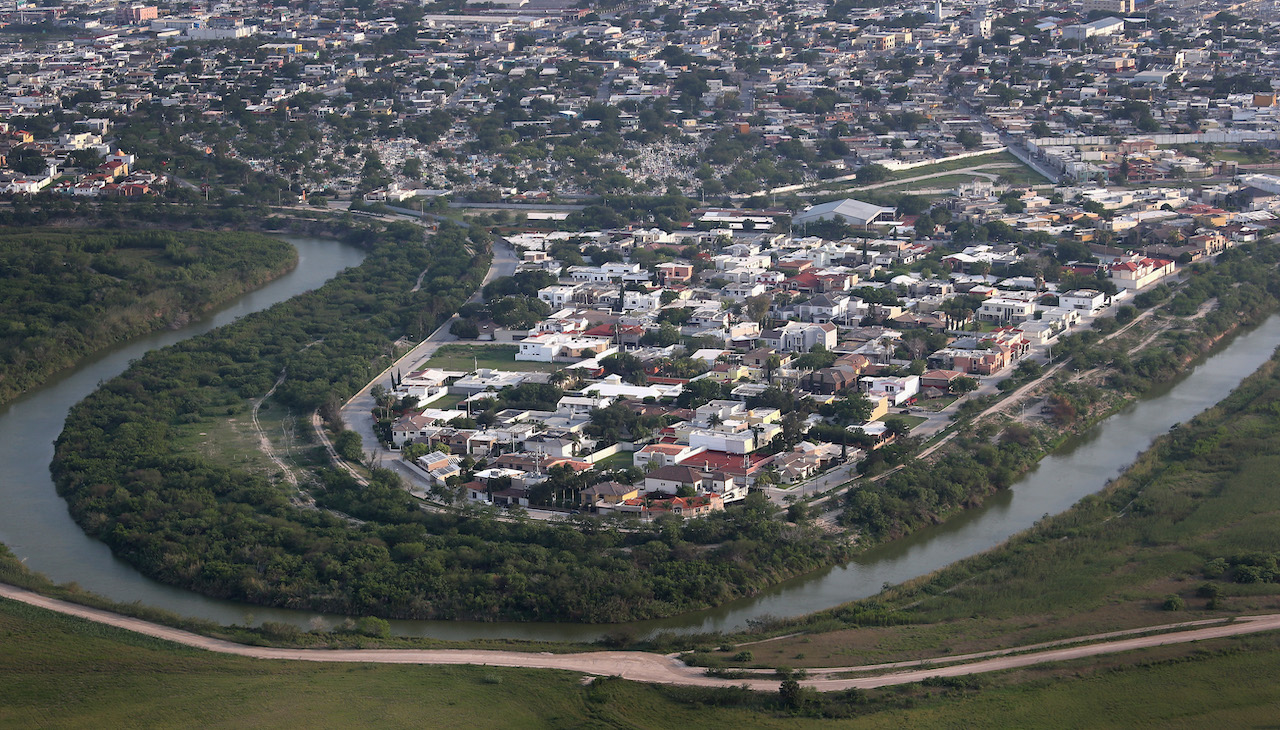
New FBI data show border cities once again have low crime rates, despite the GOP’s position on the issue
FBI Crime Data reveals that border cities have low crime rates compared to other U.S. cities similar in size.
Immigration and the ongoing border situation are a hugely debated topic among both Democrats and Republicans. Ahead of the midterm elections on Nov. 8, both parties have focused on the topic during debates, and rallies. This comes as this year there have been mostly Venezuelan migrants who have crossed the border in record numbers.
In response to the migration, GOP officials have retaliated against the Biden administration and Democrats alike for their perceived lack of clamping down on immigration and migrants as a whole.
One of the narratives often pushed is that the rising influx of migrants brings more crime to border communities.
For example, Texas Governor Greg Abbott and other GOP candidates during the midterms have used immigration to say that border towns across the southern border are lawless and dangerous as “terrorists” are making their way over from Mexico.
But according to new FBI Crime Data, this is untrue.
The latest FBI data once again, same as a report from last year, shows how border towns and cities along the U.S.-Mexico border have lower violent crime rates compared to other U.S. cities similar in size. Additionally, according to an Axios review of eight border communities that reported crimes to the FBI last year, it was found they have lower violent crime and homicide rates in comparison to the national average.
According to the numbers, the eight cities — Brownsville, McAllen, Laredo, Eagle Pass and El Paso, Texas, Sunland Park, New Mexico, Yuma, Arizona, and San Diego — had a violent crime rate of over 333.6 per 100,000 residents, in stark comparison to 388.57, the national average. These same cities also had a homicide rate of 4.5 per 100,000 residents in 2021, compared to 6.8 for the nation. The rate in the same cities was 4.2 in 2020.
RELATED CONTENT
Yuma, Arizona was the only community that had violent crime and murder rates higher than the national average.
Other border communities like McAllen, Texas, which is a city of 144,000, reported a low violent crime rate of 180.2 per 100,000 people. McAllen is right across the border from Reynosa, Mexico, one of the most dangerous cities in North America because of the ongoing cartel violence. Eagle Pass, a city of only about 29,500, had a violent crime rate of 179.6 per 100,000 people. Jackson, Michigan, which has a population of 32,250, had a violent crime rate of 1,094.5, according to Axios.
The data also revealed that police departments in Del Rio, Texas, Nogales, Arizona, and Calexico, California, did not submit crime numbers for 2021. The same goes for nearly 40% of other law enforcement agencies across the U.S., including New York City, and Los Angeles, according to data provided to Axios from a partnership with The Marshall Project.
As a result, there is a gap in the data, which experts say now makes it more difficult to accurately review crime trends according to The Marshall Project’s, Weihua Li.
Axios also found that in Brownsville, Laredo, El Paso, Sunland Park, and Yuma, there were significant decreases in violent crime rates while Eagle Pass and San Diego saw small increases.
McAllen saw its low violent crime rate of 85.6 in 2020 jump to 180.2 the next year, which is still below the national average.
According to experts, police and elected officials, they are unsure as to why rates are steadily remaining low in comparison to cities of the same size and demographics. Some have pointed to research that reports low crime in immigrant communities. Additionally, they also look at the high presence of law enforcement in the region, which includes Border Patrol Agents and federal drug enforcement agents.










LEAVE A COMMENT: